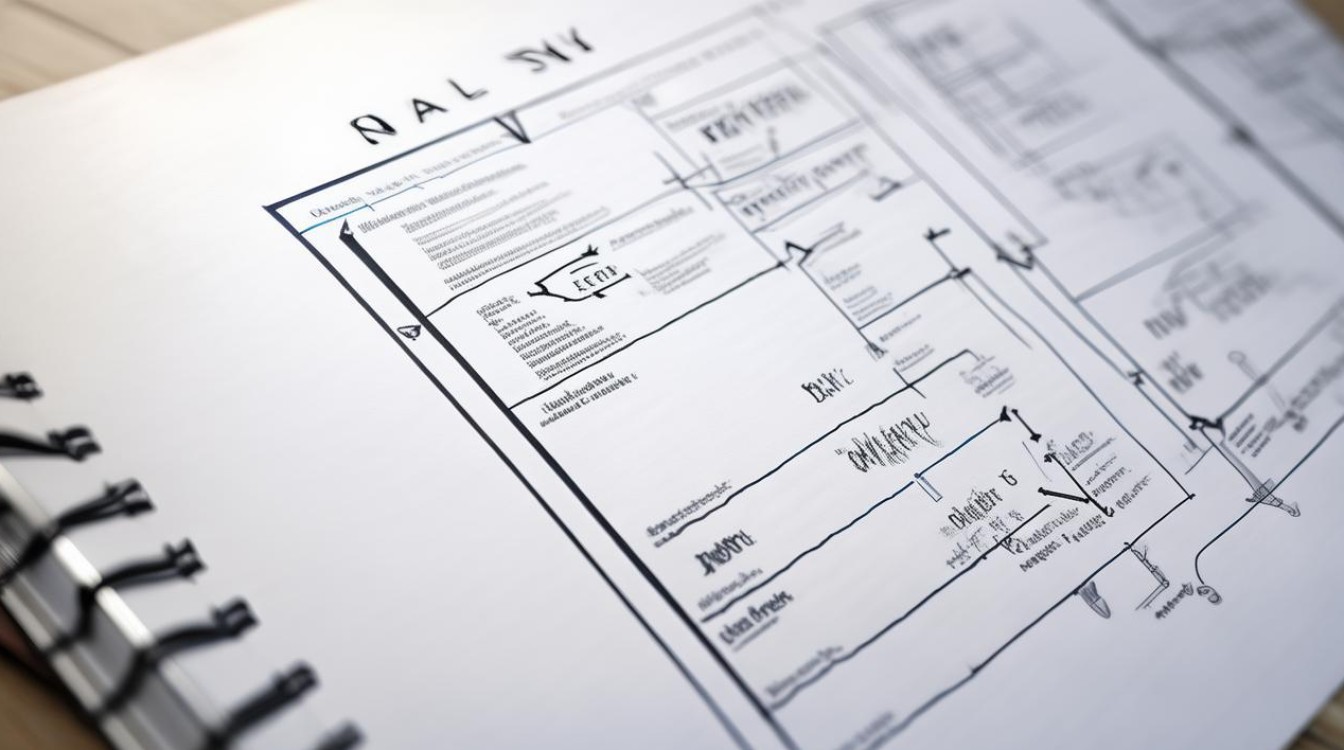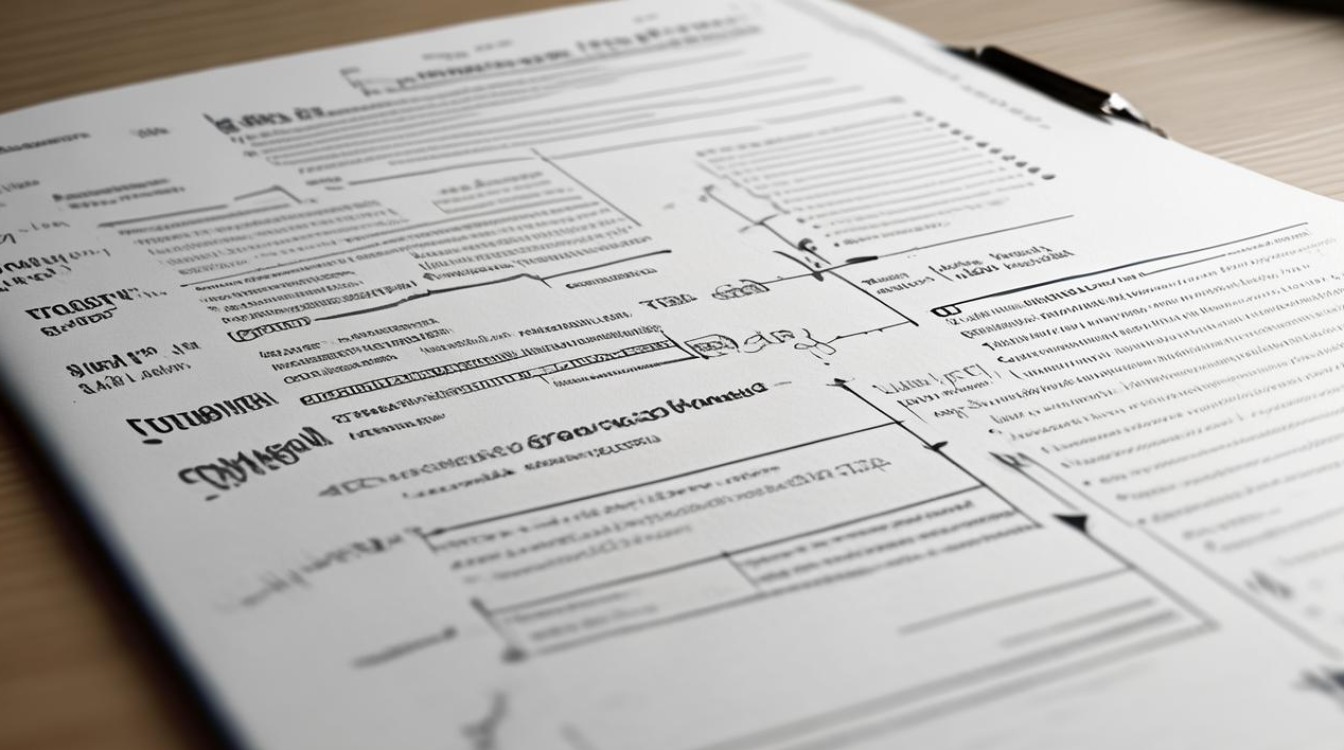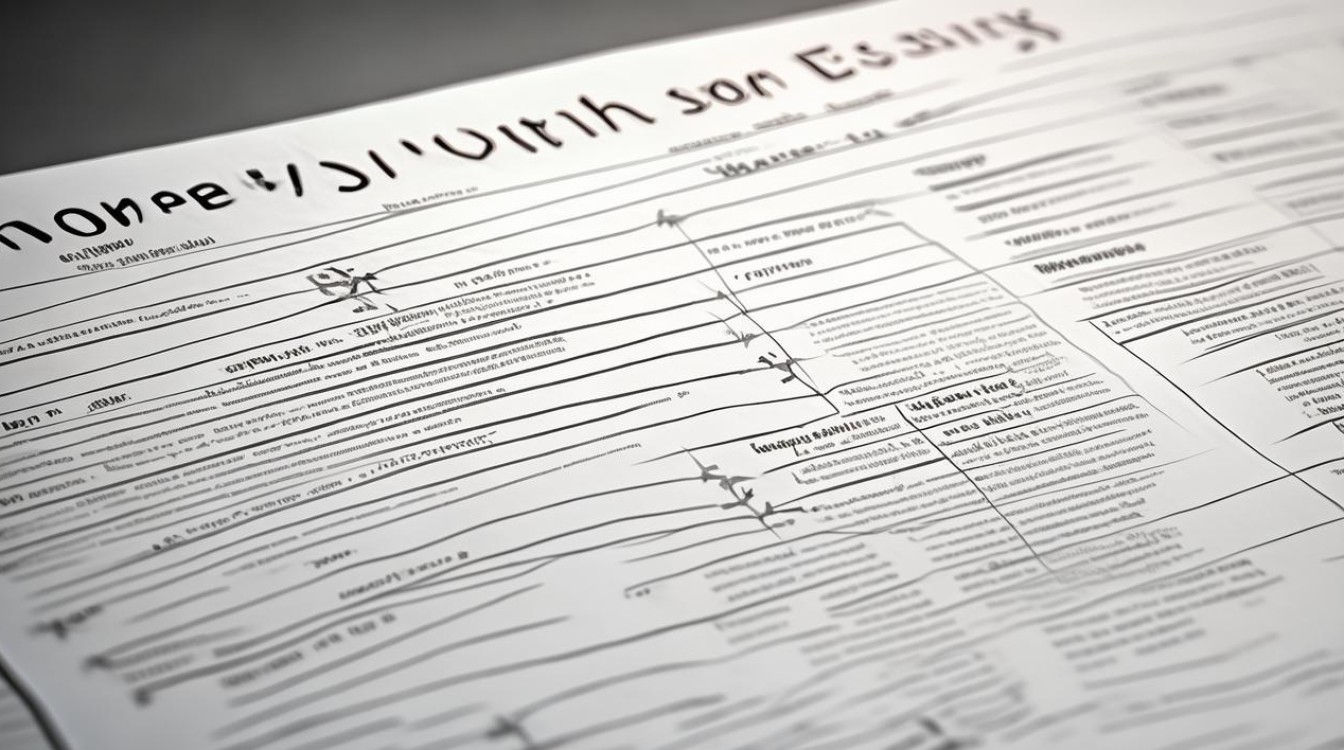图表作文是英语写作中常见的一种题型,要求考生根据给定的数据图表(如柱状图、折线图、饼图或表格)进行分析和描述,这类作文不仅考察语言表达能力,还要求逻辑清晰、数据解读准确,掌握图表作文的写作技巧,能帮助考生在考试中取得高分,也能提升日常工作中的数据分析能力。

图表作文的基本结构
一篇优秀的图表作文通常包含以下四个部分:
-
引言(Introduction)
- 简要说明图表类型(如“The bar chart illustrates...”)。
- 概括图表的主要信息(如时间范围、数据类别)。
Overview)** - 提炼图表的核心趋势或关键特征(如“Overall, the data shows a steady increase in...”)。
- 避免细节描述,仅突出最显著的变化或对比。
-
细节分析(Detailed Analysis)
- 分段描述具体数据,按逻辑顺序(如时间、数值大小)展开。
- 使用准确的比较词汇(如“higher than”“accounted for”)。
-
Conclusion)(可选)
可总结趋势或提出合理推测,但并非必需。

写作技巧
准确描述数据变化
使用恰当的词汇表达趋势:
- 上升:increase, rise, grow, climb
- 下降:decrease, decline, drop, fall
- 波动:fluctuate, vary
- 稳定:remain stable, level off
示例:
“From 2020 to 2023, global smartphone sales peaked at 1.5 billion units in 2021, then dropped by 8% in the following year.”
使用多样化句式
避免重复句型,可结合被动语态、定语从句等:
- 主动句:The chart shows a sharp rise in sales.
- 被动句:A sharp rise in sales is shown in the chart.
- 从句:The period, which saw the highest demand, was 2021.
合理引用数据
确保数据描述精确,避免模糊表述(如“a lot”“some”),对比以下两种写法:
❌ “Many people used social media in 2023.”
✅ “In 2023, 4.9 billion people were active social media users, representing 60% of the global population.”(数据来源:Datareportal, 2024)

最新数据示例分析
以“全球可再生能源发电量”为例,结合最新数据制作表格并分析:
全球可再生能源发电量(2020-2023)
| 能源类型 | 2020(TWh) | 2023(TWh) | 增长率 |
|---|---|---|---|
| 太阳能 | 850 | 1,450 | +70.6% |
| 风能 | 1,590 | 2,300 | +44.7% |
| 水力 | 4,400 | 4,600 | +4.5% |
| 生物质能 | 650 | 720 | +10.8% |
数据来源:International Energy Agency (IEA), 2024
分析:
- 太阳能增长最快(+70.6%),反映光伏技术成本下降和政策支持。
- 风能增速次之,海上风电项目扩张是主要推动力。
- 水力增长平缓,因大型水电站建设周期长。
常见错误与改进
❌ 错误1:遗漏关键趋势
- 原文:The chart shows electricity production from different sources.
- 改进:The chart highlights a significant shift toward solar and wind energy between 2020 and 2023.
❌ 错误2:数据描述不精确

- 原文:Coal use decreased a little.
- 改进:Coal consumption fell by 12% from 2020 to 2023, as governments phased out coal-fired plants.
个人观点
图表作文的核心在于“数据驱动思维”,通过精准描述和逻辑分析,写作者不仅能提升英语能力,还能培养对真实世界数据的敏感度,建议多练习世界银行、联合国等权威机构发布的图表,结合最新数据打磨写作技巧。



